Health Care
Best 10 Habits For A Healthy Lifestyle

A healthy lifestyle is built on long-term behaviors such as eating well, keeping a healthy weight, exercising regularly, managing your mental health, and receiving regular medical checks. However, taking little efforts toward these goals on a regular basis can have a tremendous influence.
Here are some techniques that can help you continue your health journey. While it may be unrealistic to follow them constantly, strive to incorporate them into your daily life as much as possible.

Top 10 healthy lifestyle Tips
Do a morning stretch: Stretching before getting out of bed stimulates the body, improves circulation, and promotes relaxation, all of which assist to set the tone for the day. While still lying in bed, pull the blankets apart and flex and release your lower limbs numerous times.
Bend your knees and raise your legs into the air. Flex your feet up and down while keeping your legs upright. Rotate them side to side. Next, sit up and slowly glance left and right. Roll your shoulders a few times. Flex your wrists up and down, then open and close your hands repeatedly.
Stay hydrated: Proper hydration aids digestion, enhances cognitive function, and boosts energy levels, among other health benefits. Drink a large glass of water when you get up and with each meal.

Floss: Maintaining good oral health requires frequent flossing, but be sure you do it correctly. First, wrap the floss around your middle fingers to reach the back teeth. Then, loop the floss around one side of a tooth to form a C shape.
Start at the gum line and move it up and down the tooth numerous times. (Do not move the floss in a sawing motion. You don’t clean the entire tooth, and the friction can irritate the gums. Repeat on the opposite side of the tooth, then the remaining teeth.
Apply sunscreen: Sunscreen is the most effective protection against skin-damaging radiation. After washing your face in the morning, use a facial moisturizer that contains sunscreen with an SPF of at least 30. Or mix equal parts sunscreen and regular moisturizer. Apply one or two nickel-sized dollops to your entire face, neck, ears, and any bald or thinning areas on your head.

Go nuts: When you want a snack, opt for unsalted nuts and seeds such as almonds, walnuts, peanuts, and cashews. They include a variety of nutrients and assist to reduce cravings for highly processed foods. Nuts are heavy in calories, so stick to a palm-sized piece.
Nap: Afternoon naps help replenish a tired body and improve cognitive performance. In a research published online on Jan. 25, 2021, by General Psychiatry, nappers outperformed non-nappers in cognition tests.
The researchers discovered that shorter and less frequent naps—lasting less than 30 minutes and occurring no more than four times a week—provided the most benefit. Schedule naps in the early afternoon and use a timer to avoid oversleeping.
Bust some moves: Interrupt long periods of sitting with short spurts of movement. Instead of walking, dance across the room. When you clean your teeth, suck in your lower belly for 30 seconds to stimulate your abdominal muscles.
Perform ten air squats or push-ups (on the floor or on the kitchen counter). Make it a practice to stand up “twice” each time you stand up, which means getting up, sitting back down, and then getting back up.

Take a breather: Alternate-nostril breathing, which involves breathing through one nostril at a time, is said to help relieve tension by slowing your breathing rhythm and pushing you to take deep, complete breaths. Close one nostril with a finger or thumb, then slowly breathe in and out through the other.
After five to ten breaths, swap and close the other nostril, then resume the breathing cycle. Inhale through one nostril while keeping the other closed, then change finger/thumb positions and exhale through the previously closed nostril. Then inhale through one nostril, close it, and exhale through the other. Repeat this for a few minutes.
Enjoy a hobby: According to a study published online by Nature Medicine on September 11, 2023, having a hobby can improve one’s overall health and attitude. Hobbies provide creativity, sensory engagement, self-expression, relaxation, and cognitive stimulation.
A project kit meant to teach you a skill such as gardening, model building, wood carving, or the creation of beer, soap, hot sauce, or jewelry is one method to start a new pastime. The kits include instructions and all of the necessary ingredients to get started. Kits can be found in local bookstores or hobby stores, or online by typing “how-to kits” or “project kits” into a search engine.
Be social: Social connections can help to prevent loneliness, depression, and cognitive deterioration. Every day, make an effort to engage in some form of social interaction, such as calling a neighbor, sending an email, or chatting with them.
Another alternative is to form your own social pod, which is a small, intimate group with whom you contact on a regular basis, such as gathering for coffee or speaking via Zoom call. Casual chats are also beneficial; for example, talk to a grocery store staff or converse with a stranger on the street.

In short: Incorporating these best ten habits into your daily routine can significantly contribute to a healthier lifestyle. From morning stretches to social interactions, each practice offers unique benefits for physical, mental, and emotional well-being. Remember, it’s not about perfection but about making consistent efforts towards a healthier you.
Health Care
US Government Will Require More Testing, Tracking Of Bird Flu In Dairy Cows

The US Department of Agriculture announced Wednesday that it is issuing a federal order requiring additional testing and reporting of H5N1 influenza, also known as bird flu, in dairy cows.
The USDA formerly required reporting of H5N1 influenza in poultry and wild birds, but producers were not obligated to notify the government if cows tested positive. This impeded the USDA’s investigation into the present outbreak in cattle. Since instances were discovered in dairy cows in Texas and Kansas in late March, 33 farms in eight states have reported cases.
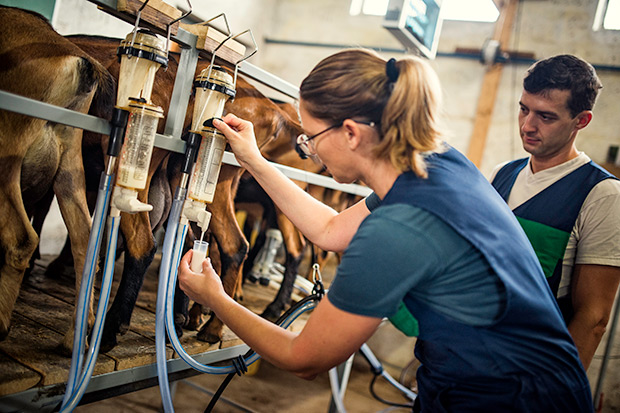
The new order is part of a slate of measures the government is taking to address H5N1 flu, which has been devastating to bird populations and recently began to infect an increasing number of mammals, potentially bringing it a step closer to being able to spread efficiently between people.
The USDA said at a multiagency news conference Wednesday that the new order would help it get more information on the growing outbreak.
“There has been a little bit of reluctance for some of the producers to allow us to gather information from their farms,” said Dr. Michael Watson, administrator of the USDA’s Animal and Plant Health Inspection Service or APHIS.
“With the federal order going into place, this is going to really help us address any gaps that might exist.”

The order will require that dairy cattle moving between states be tested for avian flu or any type of influenza A before they can travel. No dairy cattle positive for avian flu may move between states without conditions specified by APHIS, Watson said.
Right now, the order doesn’t apply to cattle raised as beef, but the USDA said that could change as it learns more about how the virus is spreading. Experts currently believe the virus is being spread through infected milk.
Watson said the order also gives the government the authority to go to a facility where cattle have tested positive and follow up with additional testing and investigation if needed.
“Requiring positive test reporting will help USDA better understand the disease, and testing before interstate movement will limit the spread of the virus,” he said.
The tests have to be sent to a lab, and it could take several days to get results, Watson said, but the government is working on developing rapid tests that could give results more quickly on the farm.
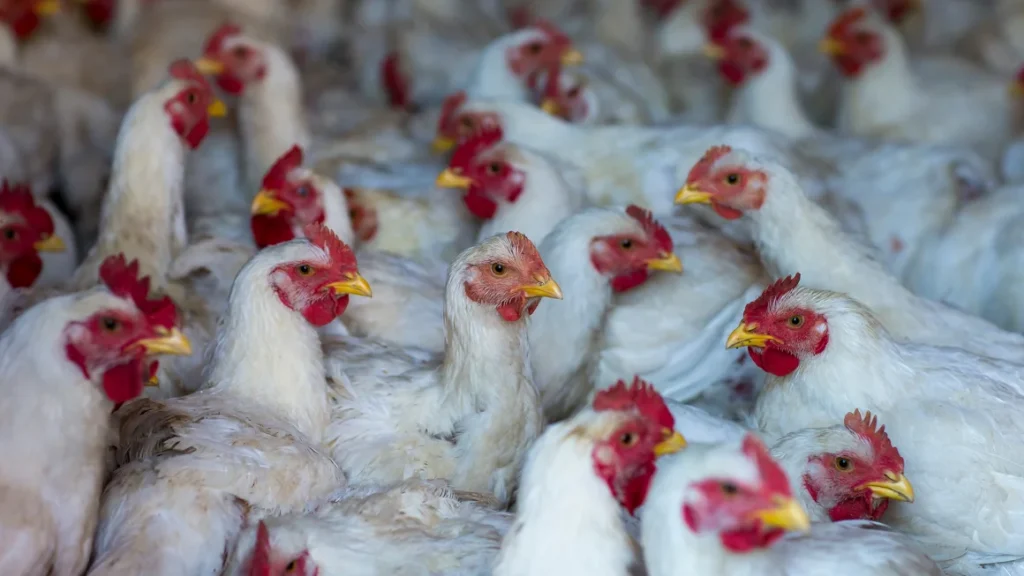
The order says the US government will pay for the cost of testing for H5N1 for farms, even if animals don’t have symptoms.
The H5N1 virus spreading in cows has not been shown to spread from person to person, and the US Centers for Disease Control and Prevention says the public health risk is low.Only one person, a farmworker in Texas, has tested positive in connection to the outbreak. The CDC says 22 other people have been tested for the virus, and states are monitoring 44 others who were considered exposed and at risk of infection.
The CDC said it is looking into the possibility of monitoring wastewater for the virus, but many farms are not on municipal systems, and there are questions about whether contamination from birds or other infected wildlife might make the results unusable.
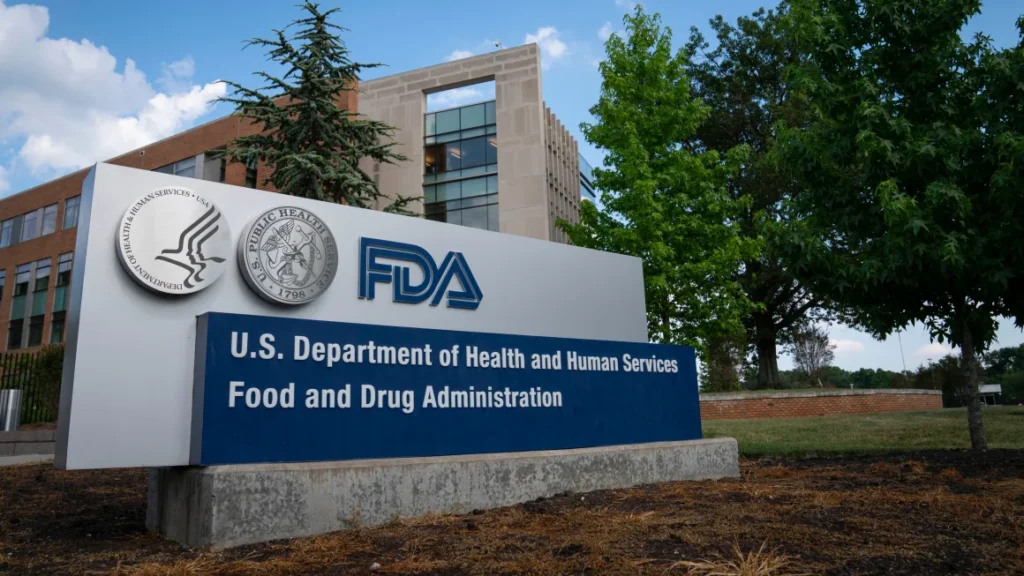
The US Food and Drug Administration said Tuesday that it had picked up traces of genetic material from the virus in milk from grocery store shelves.
The FDA and the CDC have long warned against the dangers of drinking raw or unpasteurized milk because of the possibility that it may carry dangerous germs.
The FDA doesn’t believe that pasteurized dairy products can lead to infections, but it’s running confirmatory tests to make sure.
“We anticipate results from those studies will be made available in the next few days to weeks,” Don Prater, acting director of the FDA’s Center for Food Safety and Applied Nutrition, said during Wednesday’s news conference.
Prater declined to say where the milk that showed traces of the virus had been purchased or how widespread the outbreak might be.
“We don’t have information yet to share, but it will be coming out very shortly,” he said.
Health Care
WHO Scientist Urges Monitoring & Prep For Highly Pathogenic Bird Flu
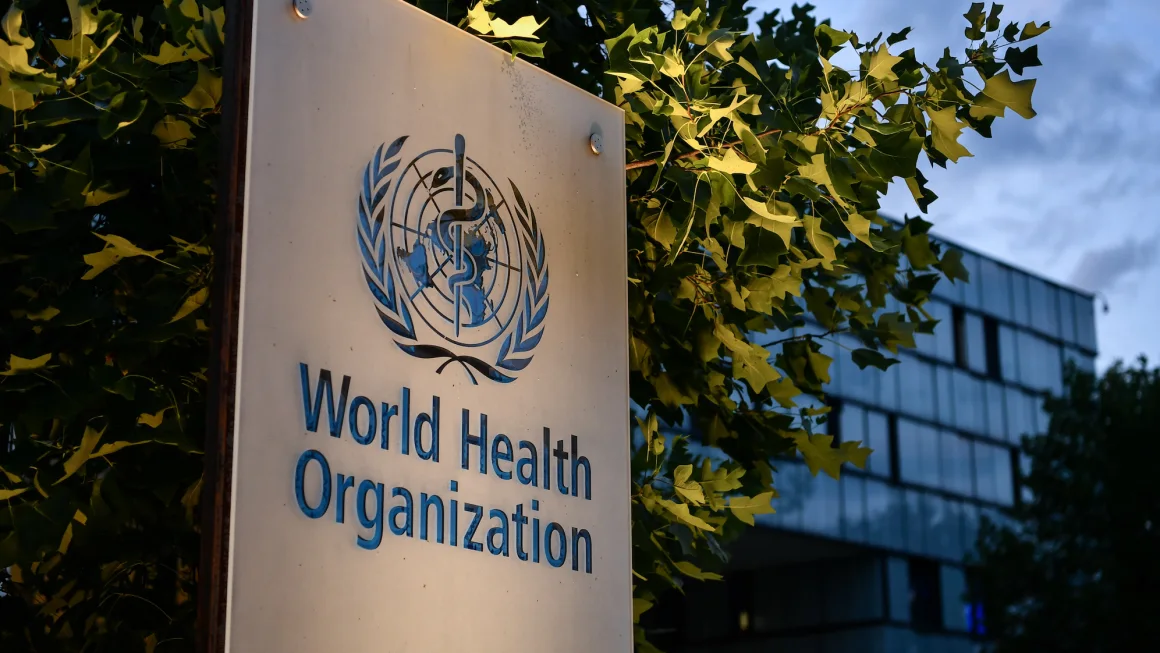
The development of bird flu in cattle in the United States is a “enormous concern,” according to the World Health Organization’s chief scientist, who asked for increased viral tracking and readiness on Thursday.
So yet, there is no proof that the extremely pathogenic H5N1 flu virus may be transmitted from person to person.This flu strain was initially found in birds in 1996 and has mostly affected farm and wild fowl. However, in the last two years, an increasing number of mammals have tested positive for the virus, indicating that it is seeking new hosts and moving closer to humans.
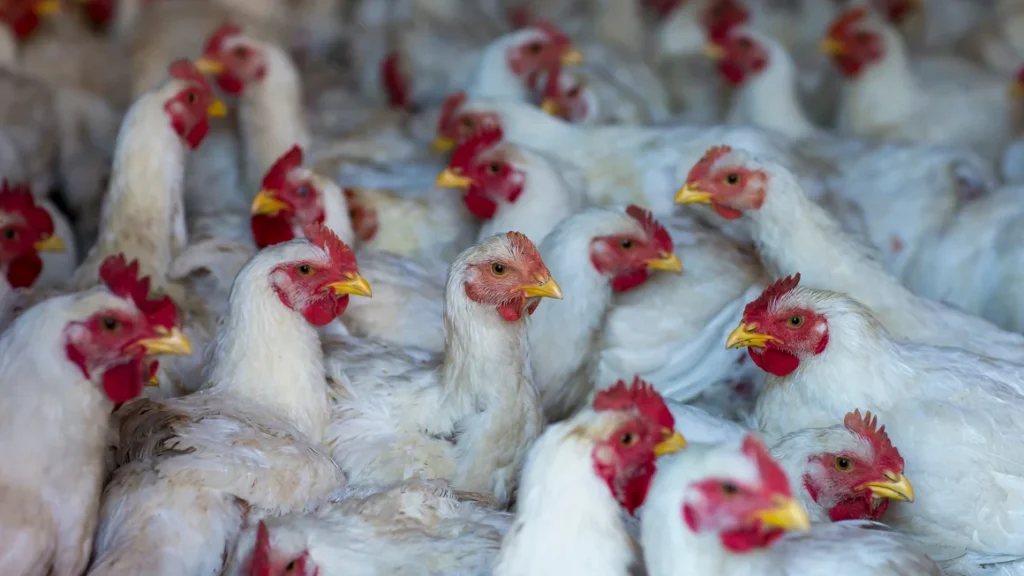
“We have to watch, more than watch, we have to make sure that if H5N1 did come across to humans with human-to-human transmission that we were in a position to immediately respond with access equitably to vaccines, therapeutics and diagnostics.”
H5N1 can not pass from person to person, although humans can contract it if they are exposed to infected animals. One person in Texas tested positive for H5N1 this year.That person was working with cows when they tested positive, and it is thought they contracted it from an infected cow.
They are only the second known instance of human H5N1 in the United States. The first case occurred in 2022 among a poultry worker in Colorado.
“This is a very nasty virus. Dr. Richard Webby, director of the World Health Organization’s coordinating centre for studies on the ecology of influenza and a scientist at St. Jude’s Children’s Research Hospital, told CNN that it is something he would not want to see in humans.

Webby, who has been studying H5N1 for 20 years, said that while the virus has never figured out how to efficiently make people sick, “what’s happening now is that there are lots more small mammals being infected with this virus than we’ve ever seen in the past 20, close to 25 years of monitoring, so that is absolutely concerning,” he added.
Webby stated that H5N1 is more active than it has ever been, but it has yet to gain important changes that scientists are concerned about, which could allow it to infect humans.
“Because we haven’t seen those changes does suggest to me that this virus has got quite a hurdle to overcome to become a real sort of human pathogen,” Webby told the BBC.
The US Department of Agriculture’s Animal and Plant Health Inspection Services has identified 29 sick herds throughout eight states: Texas, New Mexico, Kansas, South Dakota, Idaho, Michigan, Ohio, and North Carolina.
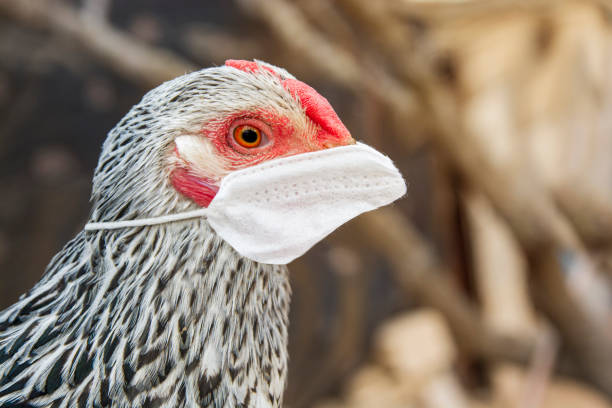
The US Centers for Disease Control and Prevention said that while the current risk to public health from H5N1 is low, they are closely monitoring the situation. On Thursday, the CDC updated its status summary, stating that the virus isolated from a recent human case in the US is responsive to antiviral treatments.
The FDA also stated that it has developed a candidate vaccine virus that can serve as a template for developing a vaccine if necessary.
Blog
Intermittent Fasting Raises Concerns Over Heart Disease Risk: New Study Reveals Shocking Findings

Experts React as Research Highlights Surprising Link Between Time-Restricted Eating and Cardiovascular Mortality
Body:
In a surprising turn of events, a recent study has cast doubt on the safety of intermittent fasting, a popular weight loss trend embraced by many seeking healthier lifestyles. The research, presented at a medical meeting and published in an abstract by the American Heart Association, has sent shockwaves through the health community, suggesting a significant link between time-restricted eating and increased mortality risk from heart disease.
The study, spearheaded by Victor Zhong from the Shanghai Jiao Tong University School of Medicine, analyzed data from approximately 20,000 adults participating in the US Centers for Disease Control and Prevention’s National Health and Nutrition Examination Survey. The findings unveiled a startling revelation: individuals who adhered to time-restricted eating, limiting their daily food consumption to just eight hours, faced a staggering 91% higher risk of death from heart disease compared to their counterparts who spread their meals over a 12 to 16-hour window.

While intermittent fasting has gained traction as an effective strategy for weight loss and improved metabolic health, the study’s outcomes have sparked concerns regarding its long-term implications. Experts caution that despite its popularity, intermittent fasting may not be without risks, as evidenced by the pronounced association with cardiovascular mortality observed in the research.
Expert Analysis:
Keith Frayn, an esteemed professor of human metabolism at the University of Oxford, emphasized the need for rigorous, long-term studies to fully comprehend the effects of time-restricted eating on human health. He underscored the importance of addressing lingering questions raised by the study’s abstract, urging the scientific community to delve deeper into this contentious issue.
Nevertheless, skepticism abounds among medical professionals, with some questioning the validity of the study’s conclusions. Critics point to potential biases and confounding factors that may have influenced the results, including differences in underlying health conditions between fasting participants and the comparison group.
Conclusion:
As the debate rages on, one thing remains clear: the safety and efficacy of intermittent fasting warrant further investigation. Individuals considering this dietary approach for weight management are advised to exercise caution and seek guidance from healthcare providers to make informed decisions about their nutritional habits. Stay tuned as researchers delve deeper into this complex and controversial topic, unraveling the mysteries surrounding intermittent fasting and its impact on human health.
Read More
-

 Entertainment1 month ago
Entertainment1 month agoZendaya and Tom Holland kiss at The London Challengers premiere.
-

 Entertainment4 weeks ago
Entertainment4 weeks agoZendaya Opens Up About Racy Scenes and Family Reactions in New Film
-

 Entertainment1 month ago
Entertainment1 month agoZendaya Is Proud Of How Tom Holland Has Handled His Career
-

 Entertainment1 month ago
Entertainment1 month agoTom Holland: Is Spider-Man 4 Coming?
-

 Blog2 months ago
Blog2 months agoNFL Offseason Shockwaves: Cousins to Atlanta, Barkley Joins Philadelphia, and Major Player Shifts
-

 NEWS3 months ago
NEWS3 months agoByron Secures Maiden Daytona 500 Victory
-

 NEWS1 month ago
NEWS1 month agoIs Trump Going To Jail? Your Questions About Trump’s Trial Answered
-

 Health Care3 months ago
Health Care3 months ago7 Surprising Ways to Lower Cholesterol Naturally – No Medication Needed














